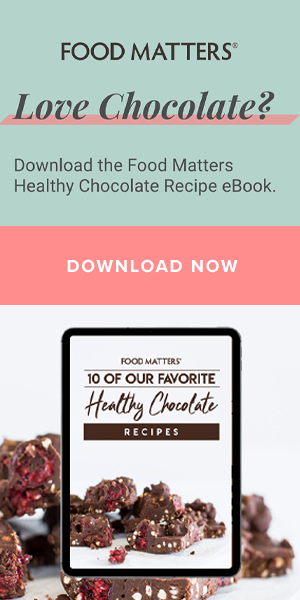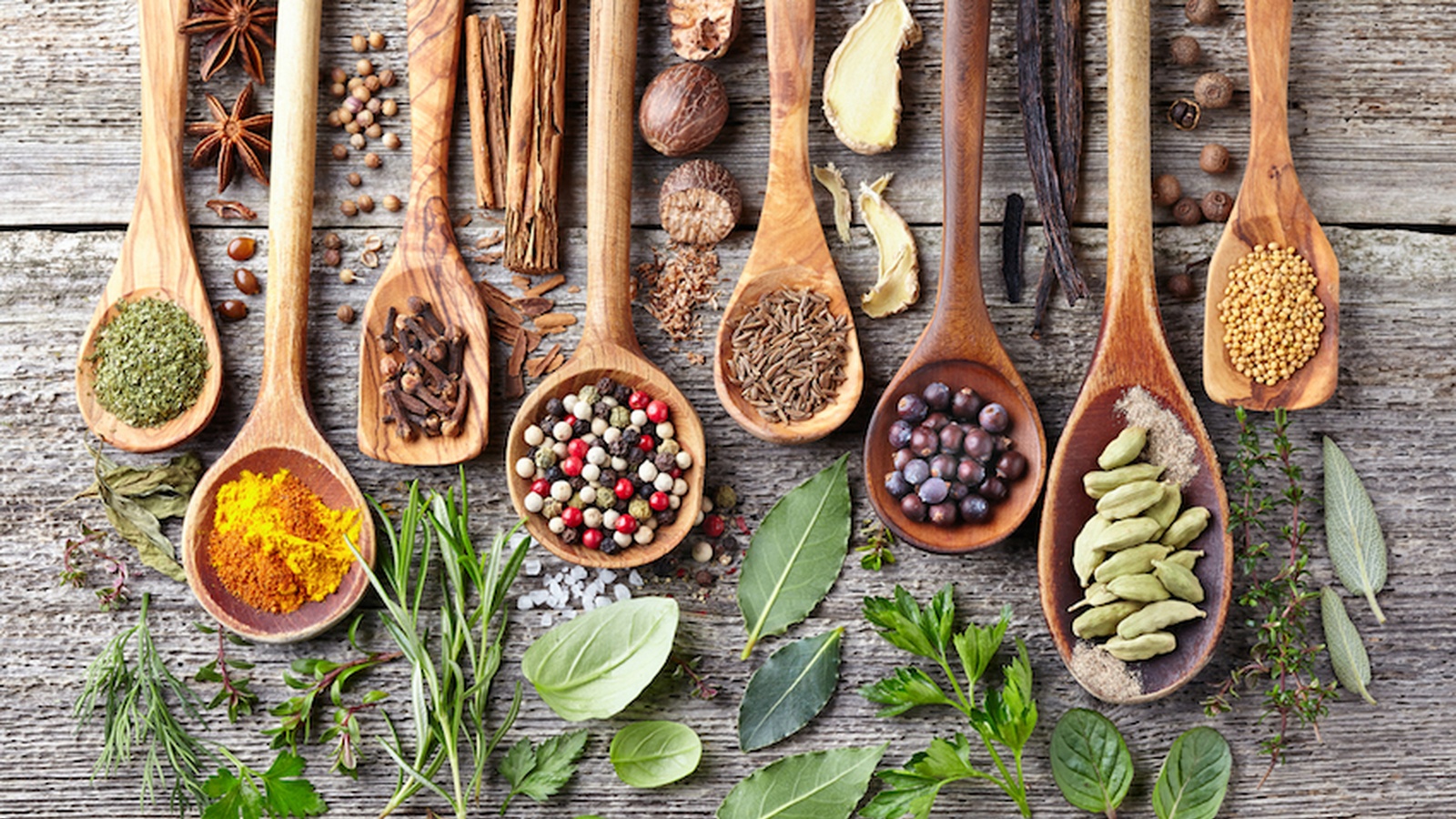10 Anti-fungal Herbs To Help Beat Candida
In small quantities, the single-celled organism Candida albicans is completely natural, normal, and harmless. However, as soon as our systems are disrupted out of balance and our immune systems weakened, this simple fungus can become widespread in the body and cause harm and discomfort. Once the delicate balance of microorganisms and beneficial gut flora has changed, candida may progress into candidiasis, a chronic overgrowth of candida in the body. The symptoms of candidiasis are diverse and ranging from simple headaches and fatigue to vaginal yeast infections, persistent colds and flus, and even hormonal and mood-related issues. Once rooted, this simple yeast colony can produce many symptoms we associate with chronic illnesses and daily irregularities and complaints.
Due to many factors, a candida overgrowth is becoming more and more commonplace today. However, conventional therapies aren’t always the best or healthiest form of treatment. These yeasts are becoming resistant to pharmaceutical anti-fungals and, in addition, these strong drugs are not without their own side effects, such as liver toxicity. If not entirely necessary, an all natural approach may be a gentler and equally effective plan of action to control candida overgrowth and balance the system.
These herbal remedies contain powerful anti-fungal properties and should be taken alongside a strict anti-candida diet focused on bolstering immunity and replenishing gut flora with probiotics. To prevent a die-off reaction, or resurgence of symptoms from candida being cleansed from the system, ease into your approach. If you are able, take a combination of herbs, or rotate their use for optimal effectiveness. If you are taking any medications or have any health issues, please ask your doctor before taking herbs as they may react with medications.
Anti-fungal herbs you might not have tried yet...
Pau d’Arco
Pau d’Arco or tabebuia avellanedae, is the bark of a rainforest tree native to South America. It contains many different compounds that support the immune system, decrease inflammation, and prevent and treat infection. The bark can be sourced in a capsule or tea, also known as Taheebo or Lepacho. Take as directed, or drink throughout the day.
Black Walnut
Both the seed and the hull of this nut are highly nutritive and beneficial to the body. It’s the hull of the black walnut, however, that is especially beneficial at treating candida and other fungi. It contains a natural pesticide and anti-fungal and anti-parasitic, juglone, along with other anti-fungal properties that work internally and externally to remove these parasites and promote elimination. Black walnut is typically sold in a tincture or extract form. Take as directed or advised. Not recommended for pregnant women.
Calendula
Calendula, or the Spanish marigold, contains potent anti-inflammatory and anti-viral properties. Calendula is generally very safe and versatile in the forms it can be purchased in. It can be made into a tea, extracted, made into an oil, and processed to be used as a vaginal suppository. Calendula may promote menstruation and therefore pregnant women or women trying to become pregnant should not take calendula.
Cinnamon
This now commonly used spice has powerful anti-fungal properties. While we already know it can help to regulate blood sugar, this benefit may also help to control candida overgrowth. Though it can be eaten in many different ways, cinnamon may be more effective in a concentrated oil or tea.
Cloves
From the evergreen clove tree, cloves have been used to treat candida, indigestion, diarrhea and other fungi for centuries. Clove oil or clove extract is probably the most effective form for treating yeast overgrowth, though it can be sourced in teas and, of course, as spice, as well. Clove is not recommended for pregnant women and should not be taken in large doses.
Neem
Neem, or Azadirachta indica, comes from a tree native to India. Though various parts have been used medicinally, it’s the extracts of the neem leaf, their oil and seed kernels that are effective against Candida. Neem can be found in many forms from oils, capsules, powders, lotions, suppositories, teas, toothpastes, mouth rinses, and soaps.
Olive Leaf Extract
Derived from the leaves of the olive tree, olive leaf extract is a powerful anti-fungal, anti-parasitic, has antiviral properties, promotes immunity and provides antioxidant properties. It may also help to stabilize blood sugar levels. Olive leaf extract is sold as capsules or as tea. Take as directed or drink tea throughout the day. Olive leaf extract is quite potent and those who take it are likely to experience yeast die-off symptoms.
Barberry
This berberine-containing herb contains potent anti-fungal properties, fights infection, cleanses the liver and gallbladder, and supports the heart. Berberine may prevent yeasts from producing the enzyme lipase, which is needed to help them colonize. Barberry may be sourced in a supplement, extract, tea, or for external use. Use as directed. Women who are pregnant or trying to become pregnant should not take barberry.
Oregano
Wild oregano is one of the most powerful anti-fungals that contains anti-viral, anti-bacterial, and anti-inflammatory properties, as well. It is commonly used as an alternative to antibiotics.Oregano is most effective in a concentrated oil form. Be sure to buy a reputable brand sourcing Oreganum Vulgare. Take 3-6 drops of oil twice daily, diluted in water or a gelatin capsule. Oregano should not be taken by women who are pregnant or trying to become pregnant. In addition oregano oil may inhibit the absorption of iron, so those with deficiencies or anemia should not use oregano long term.
Myrrh
This ancient remedy is the sap or resin sourced from the Commiphora myrrha tree. It is related to frankincense, and has a smoky and bitter smell that is commonly used in fragrances and essential oils. With a host of benefits, it has been prized for its high antioxidant content, anti-bacterial, anti-fungal, anti-parasitic, and possible anti-cancer properties. It is commonly used in an extracted essential oil form both internally and externally. Essential oils should be sourced well and used carefully under the guidance of a reputable practitioner. When used internally Myrrh may cause some side effects. Do not use if pregnant or trying to become pregnant, if you have gastrointestinal issues, heart issues, or blood sugar conditions.
Licorice
We have come to associate this common root with candy, though it has long been used for medicinal purposes. Licorice contains an acid shown to reduce the growth of candida. Taken internally, used externally, or as a vaginal douche, licorice is effective at clearing candida. In addition, its mucilaginous properties help to soothe inflamed intestines caused by candida and other signs of inflammation. Like cinnamon it helps to regulate blood sugar and controls cravings and promotes digestion. It can be sourced as a tea, a supplement, or extract and should be taken as directed by a health professional. Women who are pregnant or trying to become pregnant should not take licorice, nor should those with heart issues.
Have Any Of These Herbs Helped You To Overcome Candida? Share Your Thoughts In The Comments Below!











